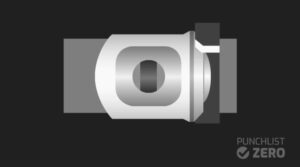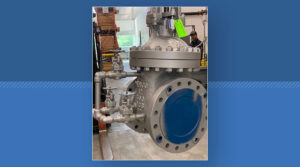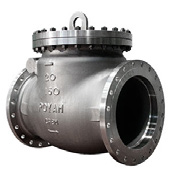
Functions of a Check Valve
A check valve is common in control applications to ensure that the flow of liquid or gas is in only one direction. To achieve this function, check valves usually have two ports; one for fluid to enter, while the other is for the exit of fluid. In this article, we review the key functions of a check valve in industry, its application in various types of systems, and functionality vs a non-return valve.
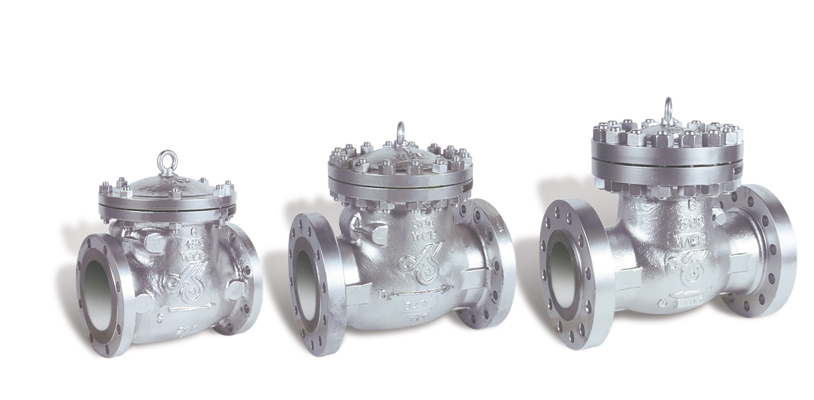
Key Areas of Use
The major functions of a check valve in flow systems include prevention of backflow, avoiding water hammer, fugitive emissions control, and pressure balance and relief.
Prevention of Backflow
The primary function of a check valve performs in a system is to prevent backflow. The onset of backflow could be detrimental to industrial systems in several ways. For example, backflow causes the impellers of pumps and compressors to reverse, which may cause burnout.
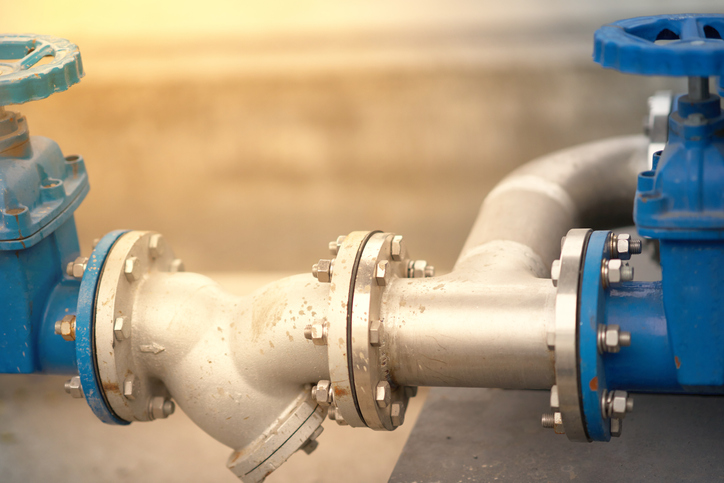
In an industrial setting, this equipment is quite expensive, so a check valve serves as a protective device. Also, backflow could result in the undesirable mixing of media or the contamination of upstream media. For instance, in a water treatment plant, check valves ensure that treated water does not return to the untreated water reservoir.
Avoiding Water Hammer
Another important use of a check valve is to avoid the occurrence of a water hammer. Water hammer happens when there is a rapid change in the velocity of a fluid. Generally, this occurs if moving fluid suddenly meets an obstacle, such as a valve closing rapidly. As a result, the fluid pulsates throughout the system with a significant pressure increase that may lead to pipe or equipment damage.
The damage may occur instantaneously or over time due to fatigue if the occurrence of water hammer is frequent. The design of non-slam check valves alongside an end damper is effective in preventing this phenomenon, especially in vertical tubing.
Fugitive Emissions Control
As environmental laws become more restrictive, it is important to have valves qualified according to industry standards against leakage of gasses. A dual-plate check valve functions to prevent fugitive emissions, especially when the pressure boundary is without threaded plugs. Also, this dual plate design is effective against water hammer, easier to maintain, and has a longer life span.
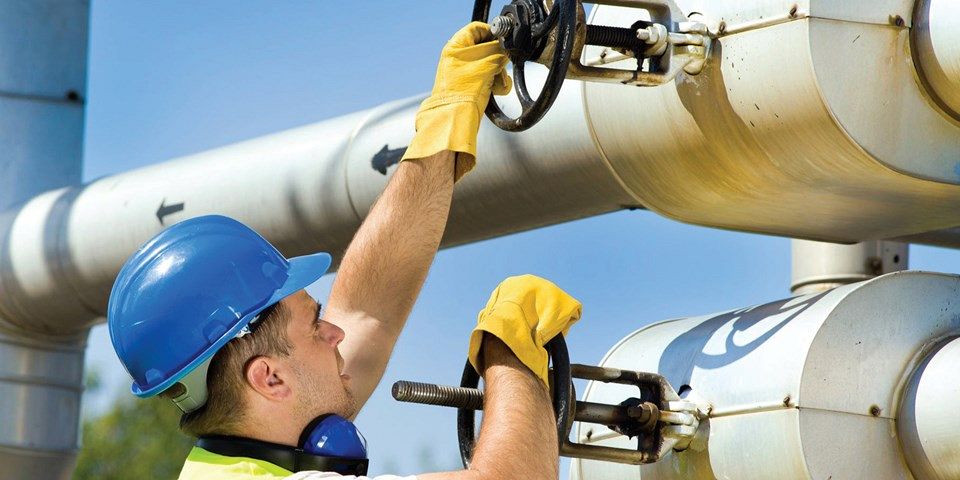
Pressure Balance and Relief
In certain compressor systems, there could be a need to keep some parts pressurized while others are depressurized. Achieving this is possible by strategically locating check valves to ensure air that enters pressurized sections cannot leave.
A check valve also functions effectively as a pressure relief valve to prevent excessive pressure levels in a pipe section or vessel. The check valve in such an application would vent the gas in the section into the environment or another vessel when the pressure reaches a threshold. Then, when the pressure falls below the threshold, the valve shuts the exit.
Use in Various Systems
Because of the unique non-return feature of a check valve, it is common in several industrial applications as the following sections highlight.
Hydraulic Systems
In hydraulic systems, a check valve performs critical functions, including:
- Pressure Control: Direct-acting and pilot-operated check valves serve as pressure relief valves in hydraulic systems. Direct-acting valves use a spring that is normally closed until the system attains the valve’s cracking pressure. The higher the system pressure, the more the valve opens until it reaches the full relief valve pressure, where it is fully open. As for pilot-operated check valves, they are two-staged valves typically operating at higher pressures than their direct-acting counterparts. In the first stage, the system’s pressure must overcome a smaller spring-loaded piston to allow fluid to flow through the valve. Then, this creates a pressure drop that opens a larger piston to allow full flow through the valve at the second stage.
- Pump Protection: Often, hydraulic systems utilize multiple pumps. These pumps may be on simultaneously when operating at full capacity. However, this does not occur for too long, with a few pumps operating most of the time. In these situations, check valves prevent operating pumps from moving fluid into non-operational pumps, which could damage them. Also, hydraulic systems typically use accumulators to keep the system pressurized when pumps are not operating. Check valves prevent the return of fluid to the pump, thereby avoiding backspin.
- Keeping Prime: Pumps require the presence of fluid inside at all times to avoid damage. Check valves are used at both entrances and exits of pumps to ensure this.
Water Pump
A check valve performs several functions in water pumps and water distribution systems in general. To ensure that there is always water in the pump for safe starting, check valves are always located at the pump entrance and exit lines. The presence of check valves at a pump isolates it from backflow and the harmful effects of water hammer. In water treatment facilities, it is common to find check valves in a series, so that wastewater cannot reenter the system. Also, check valves prevent elements from the environment from contaminating clean water.
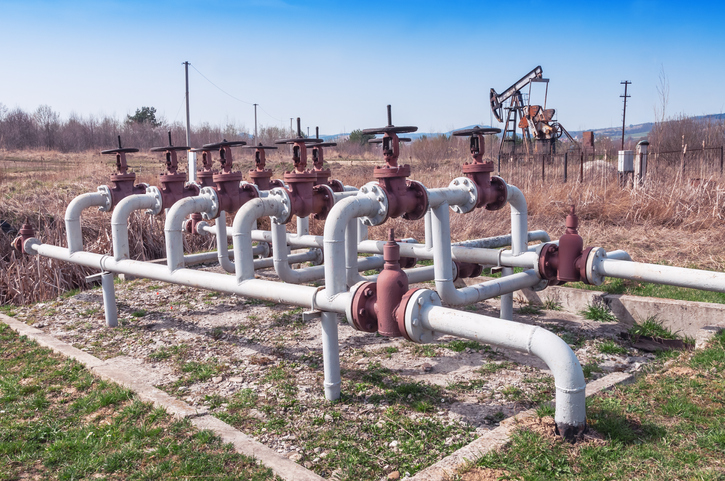
Boiler
Ball check valves are one of the most important components when controlling water flow from the feed pump to the boiler. As boiler pressure increases beyond the pump pressure, these valves prevent backflow from the boiler to the pump. Also, they prevent backflow when the feed pump is not in operation.
Check Valve vs Non-return Valve
In practice, the names check valve and non-return valve are used interchangeably because of the similarities they share. Both valves allow flow in only one direction; however, there is a fundamental difference between them. A non-return valve takes up either a fully open or fully closed position depending on the inlet pressure of the fluid. Whereas the check valve offers a range of flow rates depending on the inlet pressure of the fluid. Thus, it is safe to say that a check valve is a subset of non-return valves that offers flow regulation.

